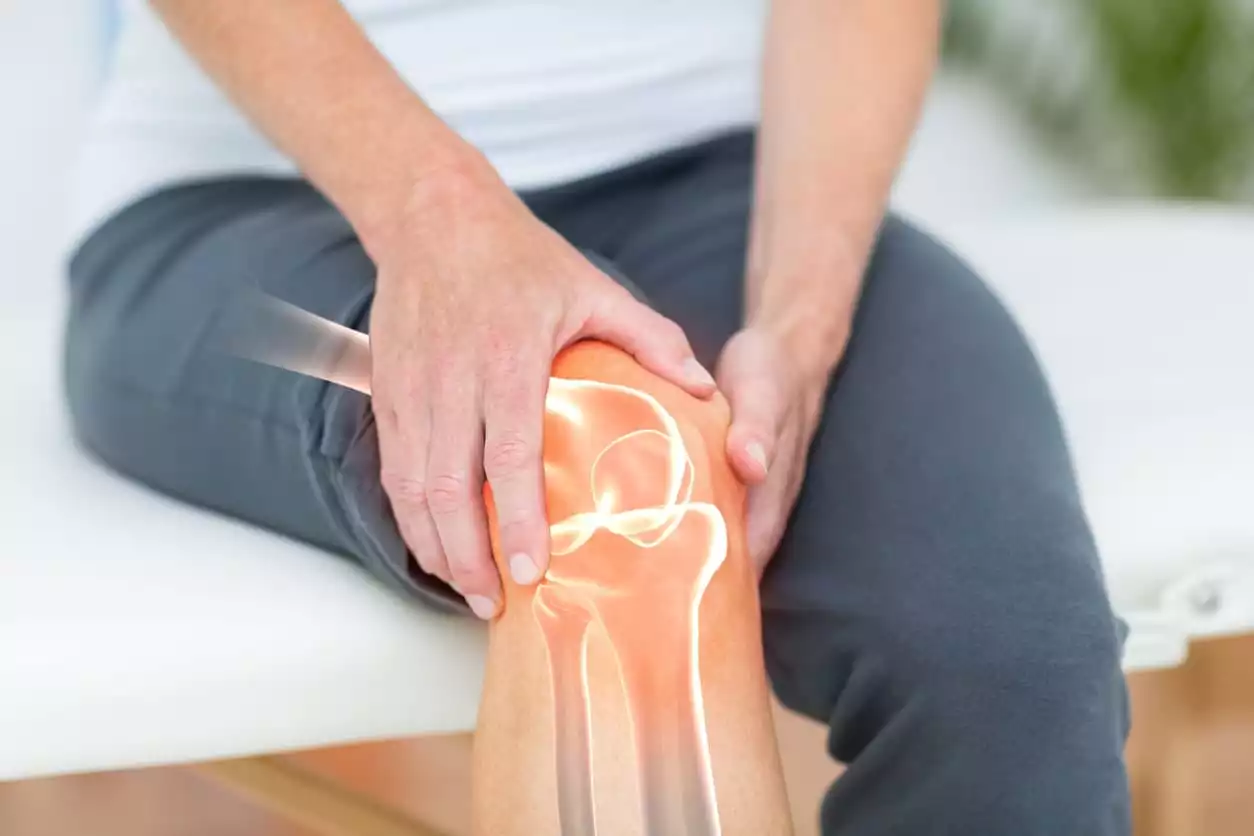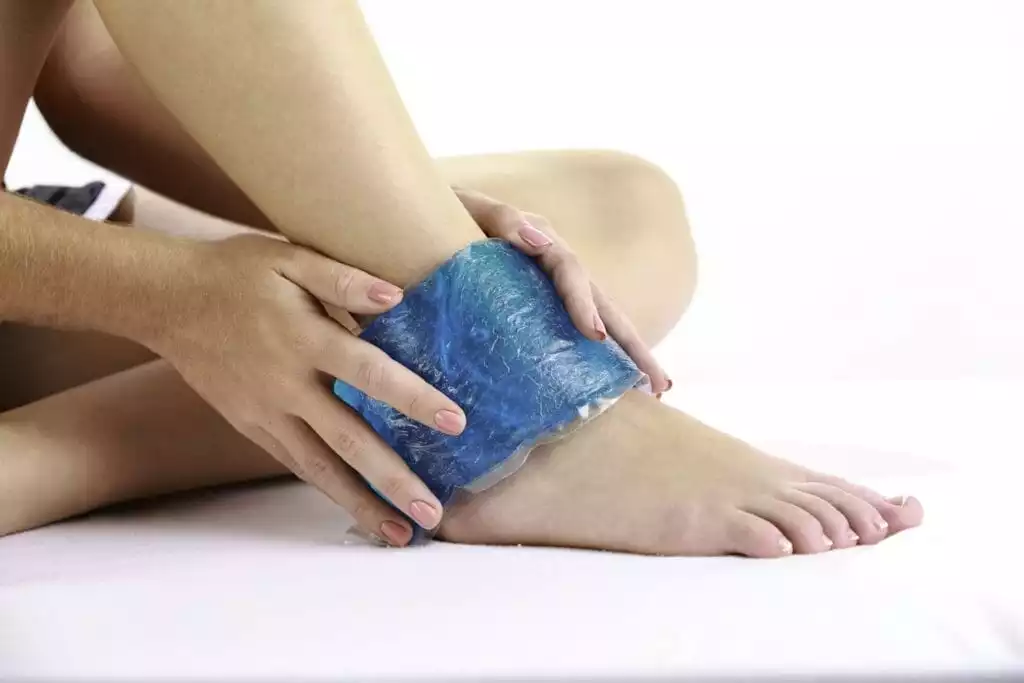
May is Arthritis Awareness Month. In the pharmacy, we often play a significant role in helping patients control their Arthritis pain, either through guidance on medications or by helping patients find medical devices that make living with Arthritis easier. We also provide advice to patients and loved ones on how to engage in self-care or self-management strategies right at home.
In honor of Arthritis Awareness Month, we put together a list of our most common strategies for reducing Arthritis pain.
These are methods patients can utilize right at home independent of other treatments, making self-care easier and more effective regardless of how serious your condition is.
As always, we’re always happy to speak to you one-on-one, too – just reach out!
What Is Arthritis Awareness Month?
May is recognized as Arthritis Awareness Month every year.
This joint disease affects over 52 million people in the United States. The most common symptoms of Arthritis includes join pain and stiffness, swelling, and difficulty moving joints.
There are many different types of Arthritis which hinder one’s quality of life, and the goal of Arthritis Awareness Month is to bring awareness and understanding to such a common disease.
As your local pharmacy, we see many people suffering from many types of arthritis. So this Arthritis Awareness Month, we want to share with you our favorite techniques to reduce arthritis pain at home.
How Can You Reduce Arthritis Pain At Home?
Depending on which type of Arthritis you may suffer from, there will be different techniques to try.
Some of our favorite techniques include:
- Ice or Heat Therapy
- Meditation
- Essential Fatty Acids
- Water Therapy
- Topical Creams
- Epsom Salts
- Oral Magnesium
We will discuss each pain relief tip in detail below.
1. Ice or Heat
Some Arthritis patients find either heat or ice therapy soothing. Generally, heat is better at treating muscle spasms that stem from joints with Arthritis (e.g, the spine) because it encourages muscles to relax.
Ice, on the other hand, is more appropriate for swelling, redness, and inflammation directly around the joint.
Experiment with both heat and cold to see what works best for you.
Just wrap your hot or cold compress in a thin towel and apply it to the area affected for a maximum of 10 to 15 minutes. Remove it, and repeat the treatment again after 30 to 45 minutes (if desired).
2. Meditation
Research shows that meditation can have a big impact on chronic pain from any condition, not just Arthritis.
Scientists aren’t exactly sure what makes it so helpful, but most surmise that meditation reduces stress and makes you more emotionally resilient while also improving mood.
This naturally puts you in a better situation for dealing with difficult scenarios, like Arthritis pain.
You can try meditation with the following exercise. Sit or lay down in a position comfortable to you. Then, focus your mind on your breath as it comes into and out of your mouth.
Breath in slowly, hold for a few seconds, and then release the breath slowly. You may also try focusing on a certain word, like “peace,” or an object like a light or a candle you find pleasing.
3. Essential Fatty Acids
Essential fatty acids (better known as Omega-3, 6, and 9) are required by the body for optimal functioning. More importantly, research shows the incorrect balance of essential fatty acids may actually make Arthritis pain worse, increasing inflammation and swelling.
Some patients find it useful to supplement with one or all forms of omega when treating Arthritis pain.
Getting the balance just right can be tricky; too much of one or not enough of another may worsen pain for some patients. But a little bit of trial and error is often all that’s needed – start with a standard 3, 6, 9 supplement and see how you feel.
Alternatively, you can add more salmon and eggs to your diet – both contain high amounts of essential fatty acids.
4. Water Therapy
Although it can seem counter-intuitive, exercise can actually reduce Arthritis pain, but it has to be the right type of exercise. That means you shouldn’t just head out for a job if you’ve never exercised before – or even an extended walk, really, without checking with your doctor.
That said, many patients find water exercises immensely helpful for reducing Arthritis pain. A brief swim in the pool takes a significant amount of weight off of the joints, while sitting in a jacuzzi if it’s safe for you to do so can soothe pain and relieve aching joints.
The buoyancy makes it easier to get those joints moving again without causing yourself additional harm.
Don’t have a pool? Call your local community sports center. Many hold regular exercise and water aerobic programs you can attend. They may even provide special programs for patients with Arthritis!
5. Topical Creams
Newer generation topicals, including compounded medications for Arthritis, can help you reduce localized joint pain without needing to add a new medication to your repertoire.
This includes Non-Steroidal Anti-Inflammatories (NSAIDs) like diclofenac, numbing creams like benzocaine and lidocaine, and formulas like Ben-Gay that contain capsaicin or menthol. These mixtures relieve pain a variety of ways, either by blocking pain signals and keeping nerves too busy to detect the pain or by directly reducing symptoms of inflammation and swelling.
Topical pain creams are an effective option for patients because they can often be combined with other treatment methods and used on an “as-needed” basis.
Speak with your local pharmacy about finding the pain management medication formula that suits you best.
6. Epsom Salts
Epsom salts (technically just magnesium salts) are an essential mineral you add to a hot bath. They can significantly reduce Arthritis pain for patients who use them regularly (at least once a day) because magnesium itself is a muscle relaxer.
In fact, patients with magnesium deficiencies often report more pain and more muscle spasms than patients with proper intake.
What makes Epsom salt baths so effective in Arthritis pain treatment is that it targets muscles and joints locally, rather than requiring access to the gastrointestinal tract. Plus, it’s remarkably easy to use.
Just add one to two cups to your nightly bath and enjoy!
Can’t bathe? You can gain similar benefits from Epsom salts by dissolving epsom salts in a bowl of hot water. Then, soak a small hand towel in the solution and use it like a compress on the affected area.
7. Oral Magnesium
For patients who can’t take baths, or for patients who experience skin reactions to magnesium salts, oral magnesium may be an option.
Research shows that between 300 and 400 milligrams nightly is often enough to reduce inflammation and soothe aching muscles that spasm due to unstable or sore joints. As a bonus, it also increases bone density and strength, slowing degeneration over time.
While magnesium can help, it is important to note that some patients may experience symptoms like diarrhea or cramping if they take too much or the wrong form of magnesium. Magnesium orotate and oxide have the lowest rate of undesired symptoms, while magnesium citrate is better absorbed, but also more likely to cause diarrhea. Whichever you choose, start your dose low (even a half-dose is fine), see how you react, and then increase it slowly over time.
Arthritis is an extremely common, yet not widely understood disease. This Arthritis Awareness Month, try to learn more about such a painful disease.
If you or a loved one suffers from Arthritis, try some of these at-home remedies, and speak to your doctor and pharmacist about other pain relief options.

 info@burtsrx.com
info@burtsrx.com


Eating ginger regularly help to lighten pain through blood circulation improvement.
Or can be added to daily diet.